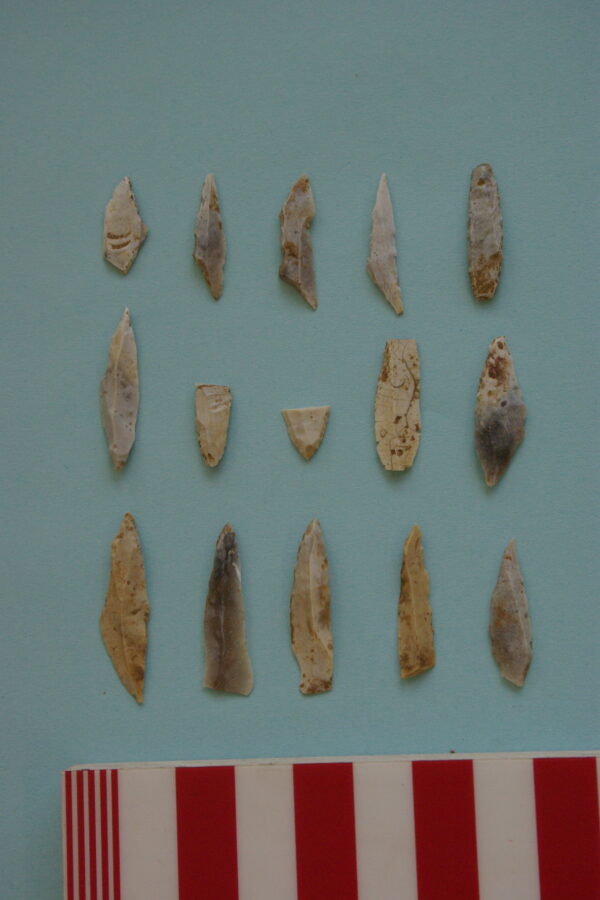 In 1816, Christian Jürgensen Thomsen was appointed to curate Danish Royal Commission for the Collection and Preservation of Antiquities’ first exhibition. After careful study he displayed the objects by period, allocated according to the main material used for the production of cutting edge artefacts. These were stone, bronze and iron, and his exhibition became credited with establishing the principle of the three age system. The earliest was the Stone Age, then there was the Bronze Age, then the Iron Age, after which written history begins.
In 1816, Christian Jürgensen Thomsen was appointed to curate Danish Royal Commission for the Collection and Preservation of Antiquities’ first exhibition. After careful study he displayed the objects by period, allocated according to the main material used for the production of cutting edge artefacts. These were stone, bronze and iron, and his exhibition became credited with establishing the principle of the three age system. The earliest was the Stone Age, then there was the Bronze Age, then the Iron Age, after which written history begins.
Actually, he wasn’t the first to propose a three age system, and the three ages he identified are very broad.
That said, archaeologists have used the three age system ever since, but as we have gathered more information, we have refined things a bit. The Stone Age covers the time from the first arrival of humans to the adoption of Bronze as cutting edge technology (yes, that is where the phrase comes from) and it covers approximately 4.5 million years. Which is a long time.
A lot can happen in 4.5 million years, ice ages come and go, mass extinctions occur, sea levels fall and rise. There are also noticeable changes in the stone tools used by our global ancestors. Archaeologists like to make note of changes in style and form of tools, it can make them quite excited. They also find that they have to find words to group sets of tools together. Sometimes that can be based on the place where the tools are found; Creswell points were first found at Creswell Crags, and Chedder points were first found in the Cheddar Gorge. And later studies might find these tools together and that tells us that they existed at the same time.
At other times we find different types of tools at different levels but spread over a larger geographic area (Europe, for example). Then we apply the geological principle of stratigraphy that says that the lower layer was laid down earlier than the upper layer. In other words, the lower tool type is earlier than the upper tool type.
Then we have to come up with group names within our three ages and Archaeologists are almost as bad at naming things as Australians (who called a large area of sandy desert – The Great Sandy Desert). The Stone Age was divided into three periods called the Old Stone Age (Palaeolithic), Middle Stone Age (Mesolithic), and the New Stone Age (Neolithic).
Approximately 11000 years ago, a change in the stone tool kit occurred throughout Britain. This, for archaeologists, marks the end of the Palaeolithic and the beginning of the Mesolithic.
For a long time during the development and growth of archaeology, it was a truth universally accepted that such a change in technology would bring about a change in society. In this version of prehistory someone discovered that they could make smaller stone tools, shouted the Stone Age equivalent of “Eureka!” and then showed everyone else who immediately adopted this new technology. This then allowed them to change their social habits and become more evolved.
These days we look at the changes in technology as part of something much bigger, more complex and about which, frustratingly, we have very little evidence. But we are looking, and we are developing new ways to recover information and new theories that explain what we have recorded.
In Lincolnshire, 11000 years ago, something changed the lives of our ancestors and that change became visible in the archaeological record as different types of stone tools. To try and understand why this happened we have to look at the land where those people were living, and that will be the subject of my next article.
